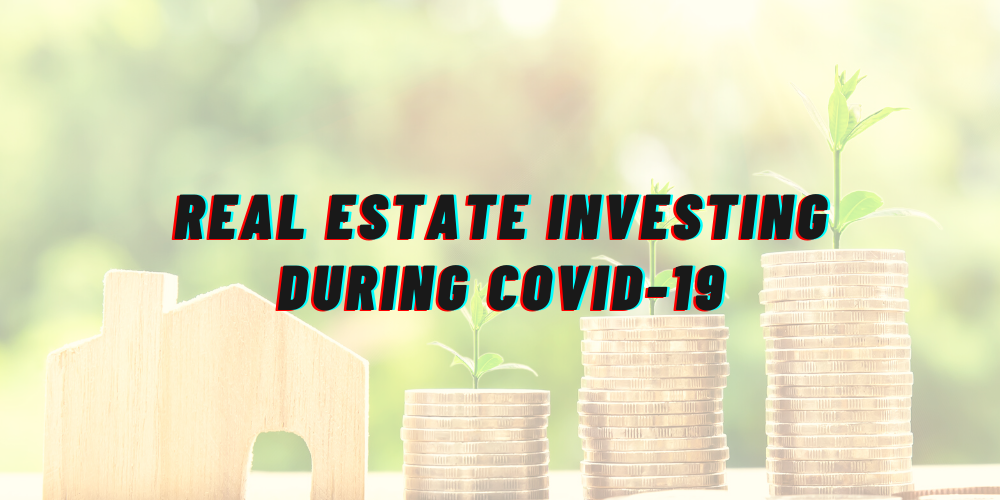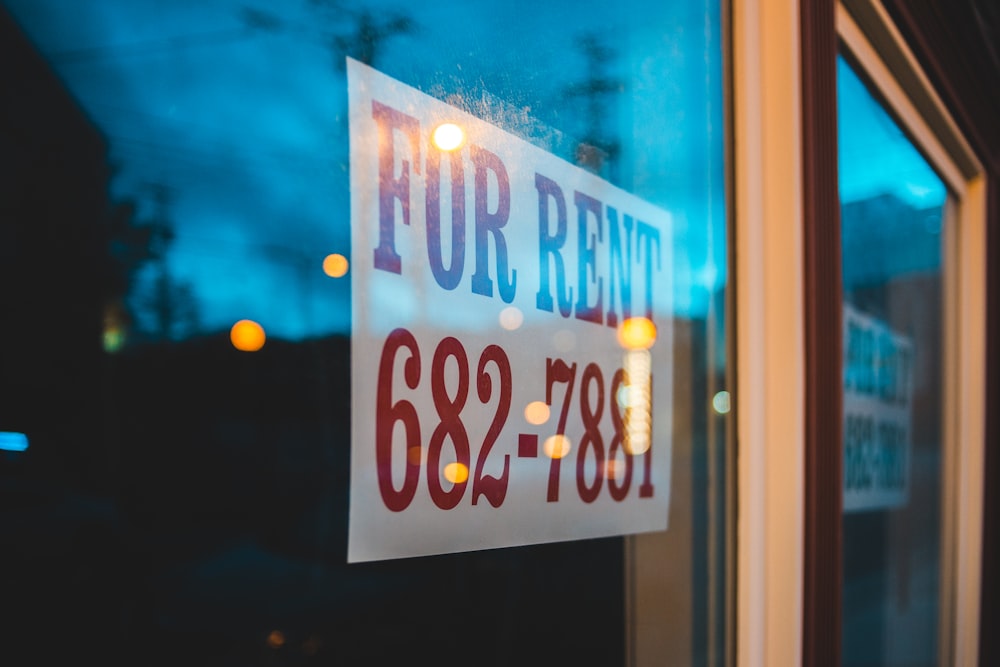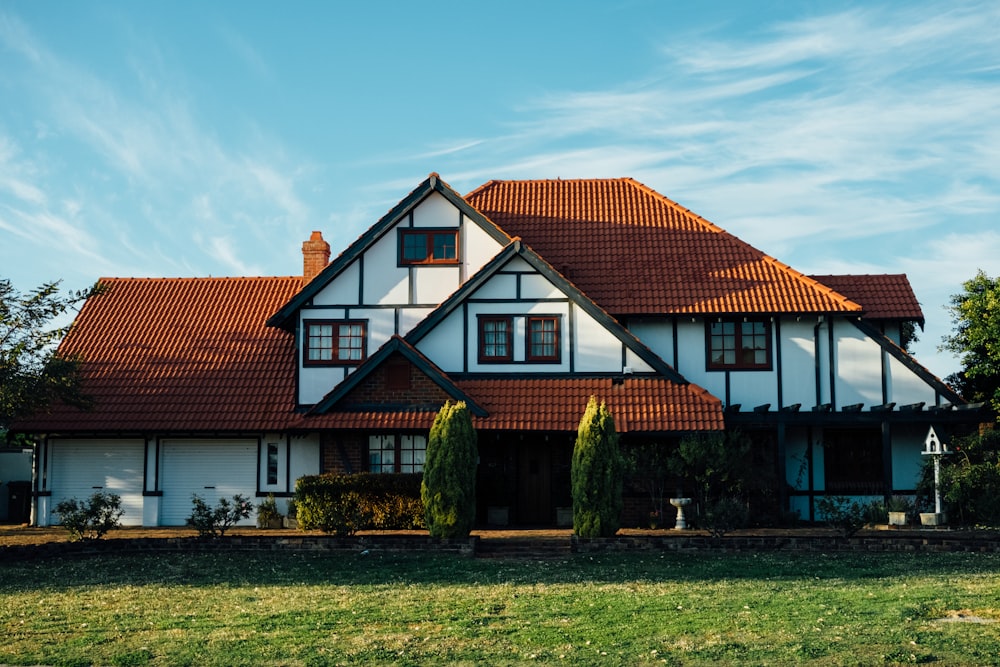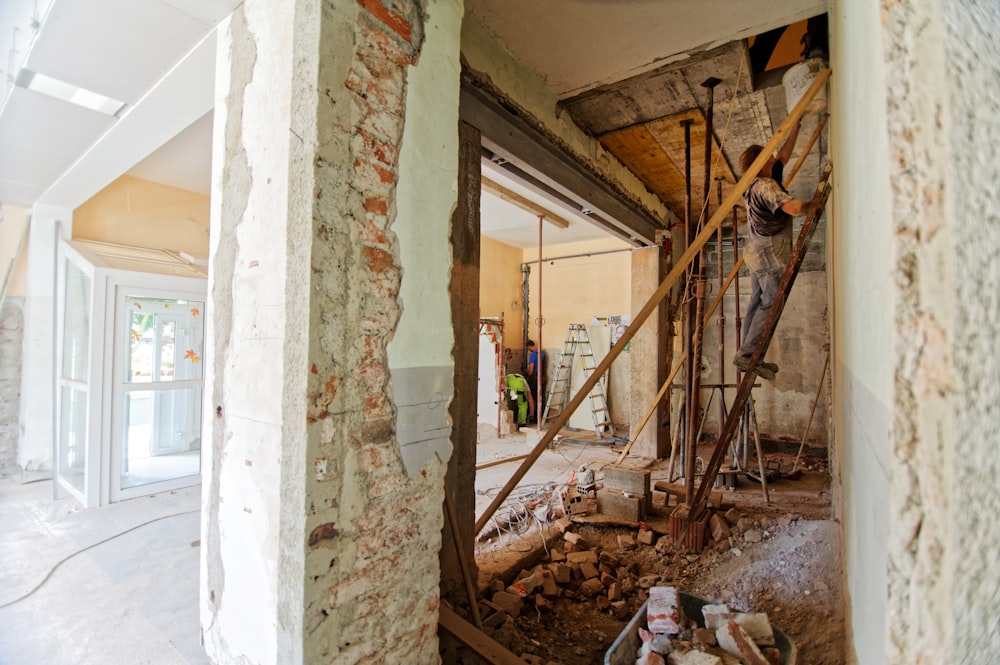6 Encouraging Reasons to Invest in Real Estate During COVID-19
https://www.c4dcrew.com/wp-content/uploads/2020/09/C4D-Post-Design.png 1000 500 Sam Radbil Sam Radbil https://secure.gravatar.com/avatar/c8f81a032b93592f72744c525214f92a?s=96&d=mm&r=gWhile many people think that the stock market has been the only investment game in town during COVID-19, savvy investors are looking for real estate opportunities. While the current set of economic conditions is certainly unique, there are six great reasons to invest in real estate during the pandemic.
Interest Rates
Mortgage interest rates are at record lows, and buyers with good credit can get a rate below three percent. Rates of six percent or more were not unheard of before the Great Recession that began in 2008, and the difference between a $250,000 loan at six percent and one at three percent is a healthy $400 monthly.
While it’s true that rates for investors may be a bit higher than those for would-be homeowners, the purchase of a duplex is a great way to capitalize on these low rates since a duplex would be owner-occupied and therefore more easily qualify for better loan terms.
The Rental Market is Stable
Top apartment rental site ABODO reported in September, “Last month we said, until there is a therapeutic treatment or a proven COVID-19 vaccine, we’re predicting a stable rental market at best, and that is what we saw in September. There are some hopeful signs that the pandemic is easing in some parts of the country, and the much-anticipated vaccine seems to be moving to fruition. That said, even if the virus disappeared tomorrow, we still see a stable apartment rental market because we just do not foresee things returning to normal for a while.”
A stable market means that investors can get the rents they need to cash flow their units. And if you’re prudent and careful as you screen tenants, you can help avoid the perils of the eviction process.
There Are Good Deals Out There
If you live in Austin, TX where Tesla just announced that it is building a new plant, you can forget about finding bargains. We found the following in a recent Boston Globe article, however, and this is beginning to ring true in some areas.
“As sales slump, home prices will fall later this year and early next in the ‘low single digits’’ nationwide, according to Mark Zandi, chief economist at Moody’s Analytics. The declines may be more pronounced in West Coast markets, which were already overvalued relative to incomes, he said.”
Buyers need to be patient, but anyone that is selling their home during the pandemic probably has to sell it, so discounted properties can be found.
Values are Values – No Matter What
An investor who wants to cash flow $400 per month on a four-family and is able to find the property that makes that happen should pull the trigger regardless of the state of the housing market. If a low-interest rate can be locked in, and if property tax rates look stable, there’s no reason to wait.
The Worst May Be Over
At this writing, it doesn’t look like there will be mass lockdowns again in the U.S. The idea behind the first wave of lockdowns was to flatten the virus’ curve thereby not overwhelming the hospitals. While the site of refrigerated trucks commandeered to hold dead bodies was chilling both literally and figuratively, the health care system has been able to back off from that Armageddon-like scenario, and hospitals seem to be handling their COVID-19 patient load. Even if the pandemic trudges along, the economy may have seen its lows and things may just stay stagnant until a vaccine, therapeutic treatment and/or true herd immunity crowds out the pathogen.
Real Estate is Adapting
Some industries like restaurants, bars and caterers have been severely injured by the pandemic. In fact, the bedrock of many catering operations–the buffet–has been altered, transformed and may no longer be viable as a method to serve food.
The real estate industry, however, has stepped up to their own plate with an array of technological innovations like virtual tours. Landlords, for example, can rent apartments without having to physically show them, and that adds a sense of security to prospective tenants. The real estate industry has found a way to thrive even during this crippling pandemic.
Investing in real estate shouldn’t only be reserved for good times. And as shown above, there are many solid reasons to become a real estate investor even during COVID-19.








